Self-X: Geo Fencing and Face Recognition based Smart Attendance Management Application
Abstract - The attendance system, primarily in colleges or organizations, is necessary to monitor students discipline and attendance. Some biometric, barcode, and QR Code-based attendance systems haven't been able to eliminate the need for students to stand in line in front of the attendance machine, rendering the attendance procedure more cumbersome. With the use of a mobile application based on geofencing and facial recognition, this study aims to develop a Llexible attendance system that mayoptimize and accelerate the process, saving the organizationmoney by eliminating the need to purchase high tech equipment. A mobile application is utilized by the system as a presence device.
Key Words: Geo-Fencing, Face recognition, Face detection, mobile-basedapplicationsystem.
1.INTRODUCTION
Priortotheadventofcomputersandmobiledevices,usinga penand paperwasthemosttypicalwaytotakeattendance in classrooms at our institutions. Traditionally, the attendancesystemcomprisescallingoutstudent’snamesor circulatinganattendancesheetaroundtheclass,whereeach studentisaskedtosignittoattesttotheiractualpresent.
In the industrial era, all activities can be connected to and accessed by utilising a smartphone and the internet, although technology is now evolving very rapidly. The attendance system is expanding as well to make it simpler forstudentstouseandtoenhancestudentmonitoring.
2. LITERATURE REVIEW
2.1. Fingerprint Based Recognition System
The portable fingerprint device needs to be pre-configured with each individual's fingerprints in advance for a departuresystemthatusesfingerprints.Thestudentshould leave fingerprints on the suspended device before or after teachinghourstoconfirmtheirdailyattendance.Theideais that people's eyes should be distracted while they are studying.
2.2. RFID (Radio Frequency Identification) Based Recognition System
Co-ed should always carry proper identity and place an IDwithacardboardreadertorecordtheirdailypresencein
an RFID-based system that is already in place. The device may establish anRS232connectionandlogparticipants ona previously visited website. There's a chance that someone could gain access fraudulently. When the real student is not there, some students may use another student's ID to prove their presence, or they may even attempt to abuse it occasionally.
2.3. Iris Based Recognition System

Thestudentshouldrotateinfrontofthecameraduringan Iris-based student travel programme so that the cameracan read the Iris code. The specific data saved on the website is compared to the scanned iris, and any discrepancies should be corrected. As a result, fewer college members of the organisation use paper and pens. Additionally, it helps preserve safe code records and lowers the likelihood of representation in the classroom. It is a wireless biometric techniquethataddressestheissueoffakeexistenceand,asa result,thechallengeofestablishingafunctionalnetwork.
2.4. Face Based Recognition System
Thestudentshouldrotateinfrontofthecameraduringan Iris-based student travel programme so that the cameracan read the Iris code. The specific data saved on the website is compared to the scanned iris, and any discrepancies should be corrected. As a result, fewer college members of the organisation use paper and pens. Additionally, it helps preserve safe code records and lowers the likelihood of representation in the classroom. It is a wireless biometric techniquethataddressestheissueoffakeexistenceand,asa result,thechallengeofestablishingafunctionalnetwork.
3. PROPOSED SYSTEM
3.1. Dataset Creation
A phone camera is used to take pictures of the students. A single student will be captured in numerous pictures from various perspectives and motions. There is pre-processing done to these pictures. To acquire the Region of Interest (ROI), which will be used in the recognition procedure, the photos are cropped. The clipped photos must then be resized to a speciRic pixel position Then, these RGB photos will be transformed to grayscale versions. And after that, these pictures will be saved in a folder with the names of therespectivestudents.
3.2. Face Detection
Finding human faces in visual material mechanically is a technique called face detection. We can Rind people in a picture, recognise important facial characteristics, and obtainthecontours offaces that havebeenfoundusing the face detection API provided by ML Kit. We can obtain the data we need to carry out tasks like enhancing selRies and images or creating avatars from a user's photo using facial recognition. We can use ML Kit in programmes like video chat or games that react to the player's facial emotions becauseitcanconductfacerecognitioninreal-time.Whena visage is discovered, its location, size, and direction are recorded. Once a visage has been identiRied, it can be probedforfeaturesliketheeyesandnostrils.
3.3. Face Recognition
Preparing training data, training the face recognizer, and prediction are the three processes in the face recognition process. The photographs in the dataset will serve as the trainingdatainthiscase.Theywillbegivenanintegerlabel designating which student they belong to. Face recognition softwareisthenusedtothesepictures.
A individual can be identiRied using facial recognition, a well-known technology Google Ml Kit, from their digital imageoravideoframethatiskeptinourdatabase.Theyare typically carried out by choosing particular facial characteristics from the picture with captured faces in our database. It is also described as a biometric AI-based tool that can recognise a person by their distinctive facial form and texture after examining speciRic patterns. Facial recognition is used in this module to recognise the picture and match it to the source information. A video frame or digital picture is taken from a video source, and that is howtheindividualisrecognised.

3.4. Geo Fencing Authentication
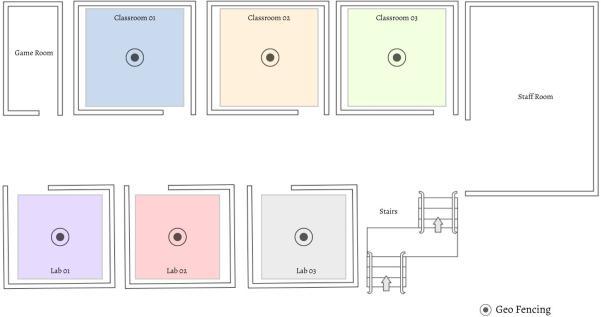

The system compares the current student location's longitude and latitude with the geofencing information that hasbeenstoredusingtheGPSdata.Thesystemwilllock the presence button until the location Rits thegeofencing if location data are inconsistent with the storeddata. The suggested library trust_location 2.0.13 that can detect Fake GPS users in order to prevent the GPS position in smartphones from being modiRied by an employing aFake GPS application. Every few seconds, this library maintains longitude and latitude data, and if the data changes as a resultofafakeGPS,thesystemcanrefusetoutiliseit.
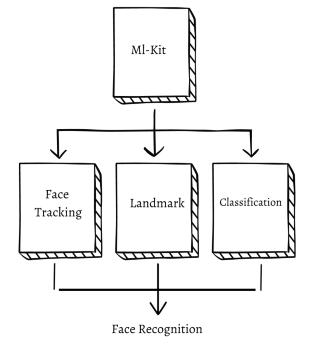
3.5. Attendance Updation
Following the face recognition process, the excel sheet will have the recognised faces marked as present and the remaining faces marked as absent. The list of absentees will thenbemailedtotheappropriatefaculties.Attheconclusion of each month, faculties will receive an update with their monthlyattendancesheet.

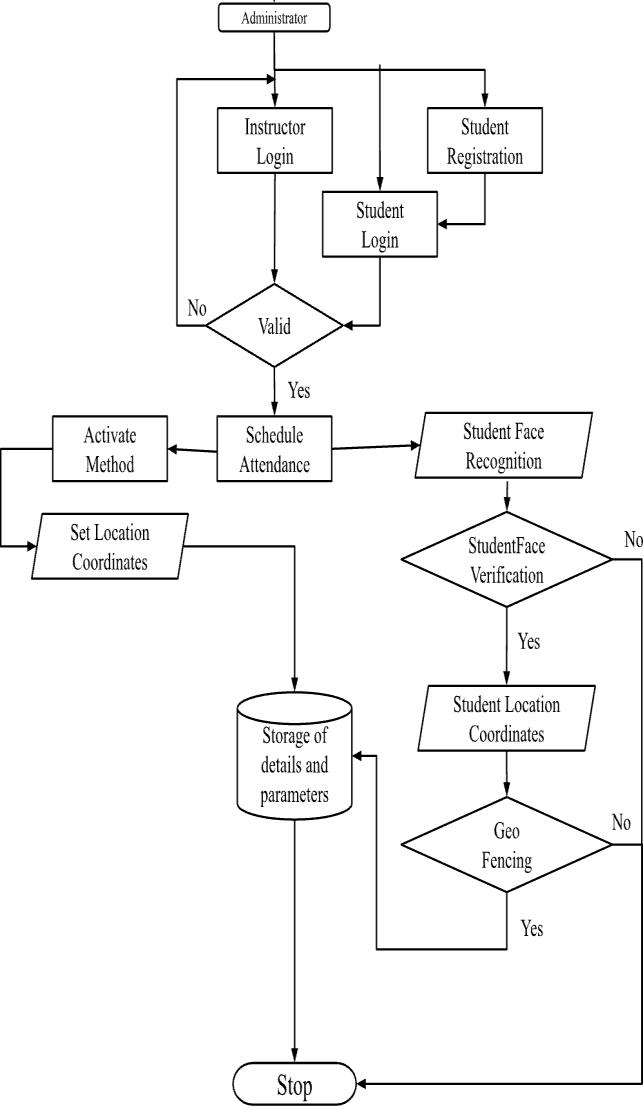
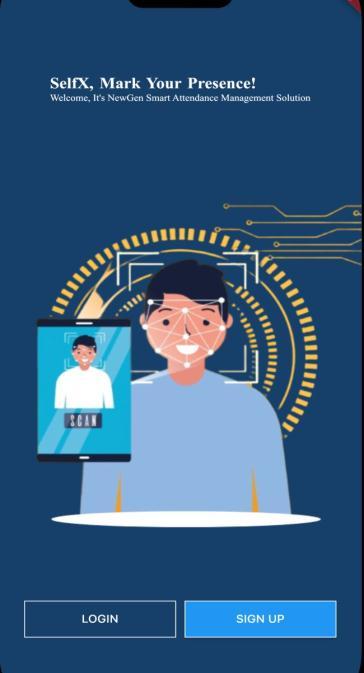

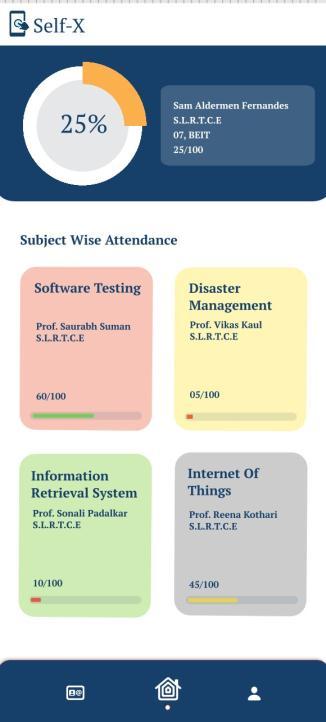
6. CONCLUSIONS
Our project introduces a smart, geofencing based attendancemonitoringsystemwhichuseFaceRecognitionfor the validation of the student. The area is set for tracking using GPS coordinate inside the area border depicts where lecture is to take place. We developed this system for Mobile app. We have planned to implement system for various applications like employees attendance or seminar attendance. Moreover can also build robust attendance managementsystem.
REFERENCES
1. Jacob, I. Jeena. "Capsule network based biometric recognition system." Journal of ArtiRicial Intelligence1,2019.
2. Rajat Kumar Chauhan, Vivekanand Pandey, Lokanath M, “Smart Attendance System Using CNN”, International JournalofPureandAppliedMathematics,2018.
3. Samridhi Dev, Tushar Patnaik,"Student Attendance System using Face Recognition ", International Conference on Smart Electronics and Communication (ICOSEC2020)
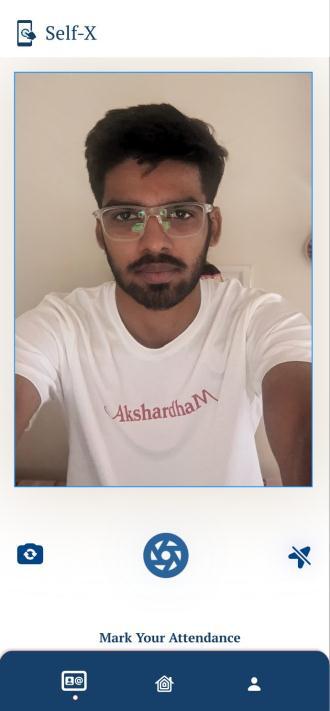
4. Enikuomehin* A.O, Dosumu** O.U, Attendance Monitoring System, International Journal of Engineering AndScience
5. IEEE, Design of Attendance Monitoring System Using RFID(9441704),2021
© 2023, IRJET | Impact Factor value: 8.226 |

